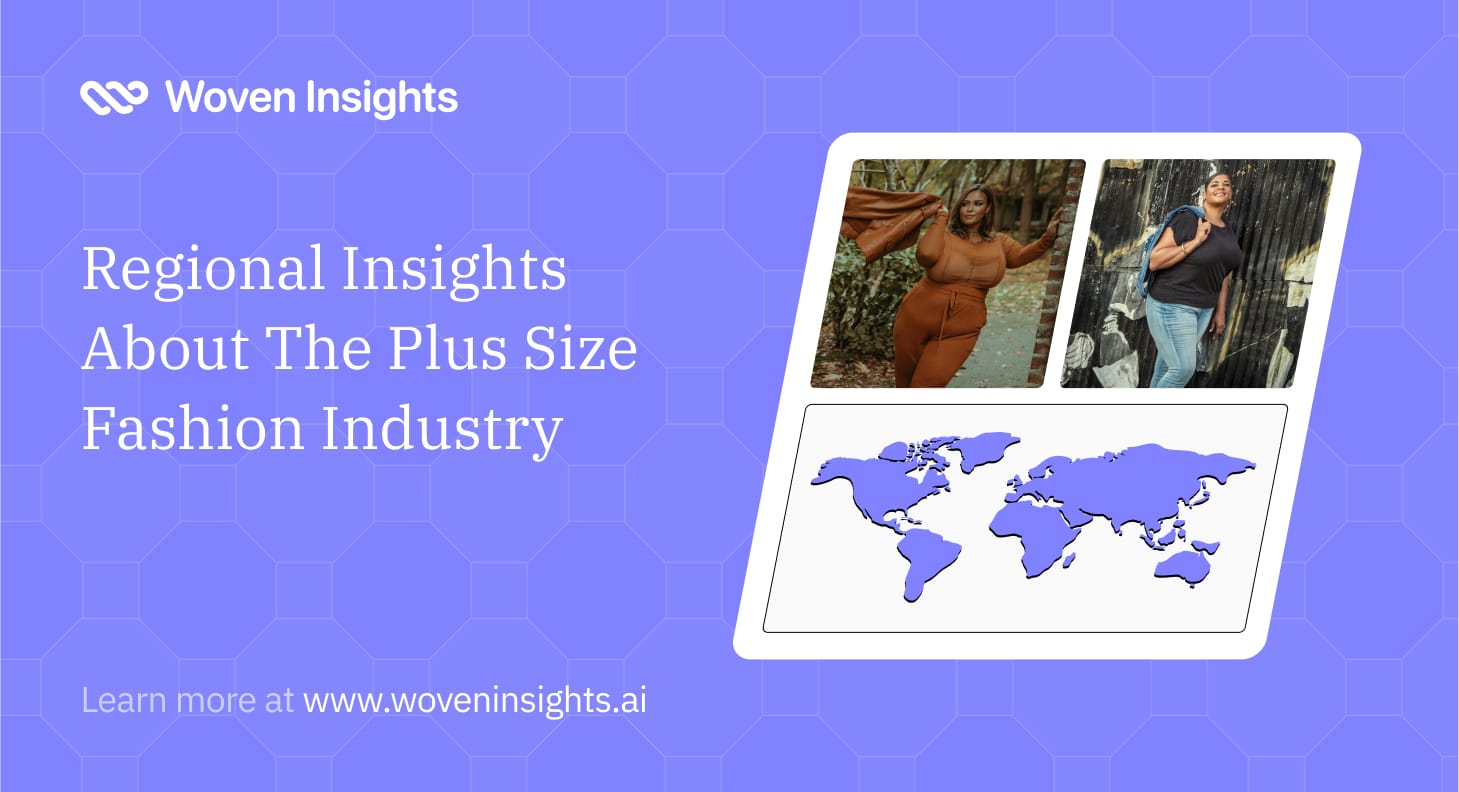Regional Insights About The Plus Size Fashion Industry
Explore prevalent fashion trends across various regions, as shown in this article about the plus size fashion retail industry

The global plus-size fashion industry has experienced remarkable growth, reflecting evolving consumer attitudes and increasing demands for inclusivity. Valued at approximately 251.77 billion in 2023, the plus size market is expected to reach $400.74 billion by 2032, at a CAGR of 5.30%. This surge underscores the growing recognition of diverse body types and the importance of catering to all consumers.
Inclusivity has become a driving force in the retail landscape, with brands embracing broader size ranges and diverse representation in advertising campaigns. As a result, brands investing in plus-size fashion are not only meeting demand but also building stronger emotional connections with their audiences.
Global Trends in Plus-Size Fashion
Our analysis of over 500,000 plus-size items in the global market revealed several consistent patterns that shape this dynamic segment:
Most Popular Colors
Black remains a timeless favorite among plus-size consumers globally. Its versatility and flattering appeal make it a staple in wardrobes across regions. In addition, multicolor patterns have surged in popularity among brands, offering consumers vibrant and expressive style options. These trends indicate a shift where functional and aesthetic elements merge, to meet the demands of both minimalists and those seeking bolder fashion choices.
Top Features and Patterns
Functional features, such as stretch materials and adjustable waistlines, are highly sought after, providing comfort and versatility for a diverse range of body types. When it comes to patterns, plain designs dominate globally, reflecting a preference for simplicity and easy styling. However, floral prints are also a major player, offering stylish and feminine options that resonate particularly with women in regions emphasizing elegance and tradition.
Significance of Size Inclusivity
Size inclusivity has emerged as a critical component of consumer satisfaction in the fashion industry. In markets like the U.S., where body diversity is celebrated more openly, brands offering extensive size ranges have gained significant traction. Meanwhile, in Europe, inclusivity aligns closely with sustainable and ethical production, catering to the region's environmentally conscious consumers. Asia, on the other hand, is seeing rising demand in urban centers as modern values and body positivity influence consumer behavior
By focusing on these global trends, brands can strategically cater to the unique needs and preferences of their target markets, ensuring they remain competitive and relevant in this fast-evolving segment.
